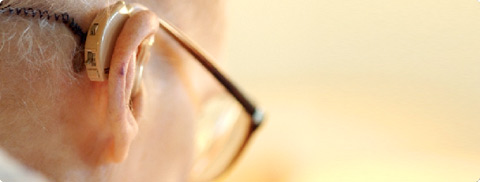
Serving the Hearing Impaired
In the current 911 system, deaf and hearing-impaired callers must use a teletypewriter (TTY) text telephone device or a telecommunications device for the deaf (TDD) to contact 911 in an emergency. These devices, invented in the 1960s, allow two users to type messages to each other, but are cumbersome and slow to operate. Next-generation 911 holds particular promise for people with hearing impairments or other disabilities.
TTY devices have generally become less necessary for people with hearing or speech impairments in their day-to-day communications. E-mail, instant messages, video chat and text messages are now much more commonly used for communicating with friends, family members, health-care providers and others. However, because most 911 PSAPs are accessible only via phone, deaf or speech-impaired people must still use a TTY device or have their messages relayed to a 911 call-taker by a friend, relative or third-party relay service.
Relay services serving the hearing-impaired community now commonly accept IP-based communications as well as TTY, video relay and other types of calls. As public safety answering points (PSAPs) implement Next Generation technology, there won’t be a need to relay messages to 911. PSAPs will be able to communicate directly with deaf or hard-of-hearing callers via text messaging and video relay services.
More information:
Federal Communications Commission - Emergency Access Advisory Council